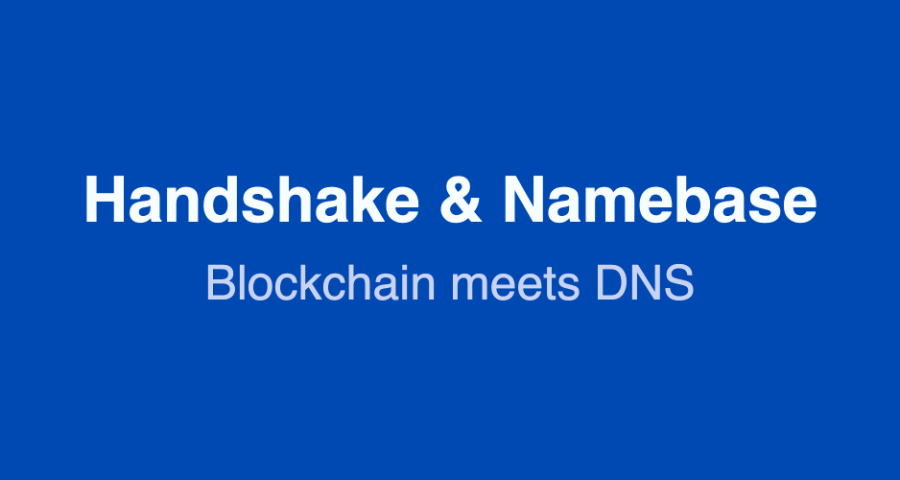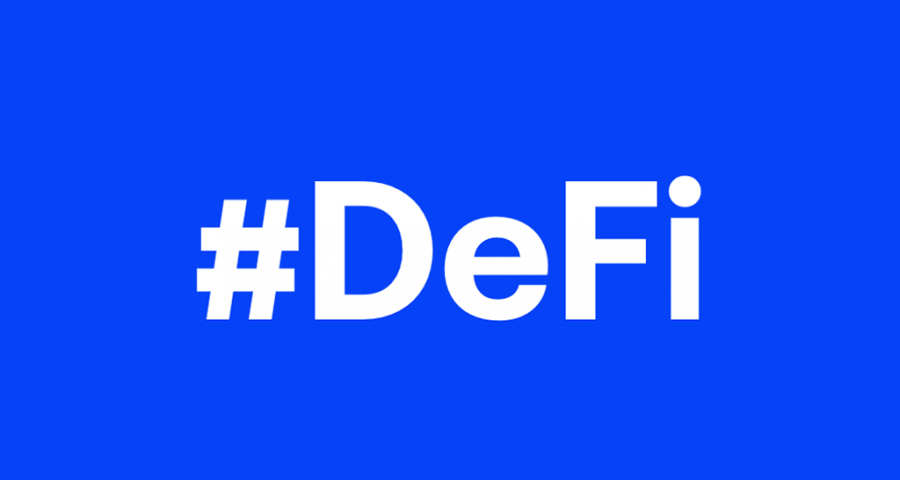On February 6, 2020, I attended the 4th International Blockchain Congress (Blockress) – a day’s long event comprising of keynotes, panels, discussion, and networking for blockchain, cryptocurrency, and everything in between hosted by the IDF and Microsoft.
What is Blockress?
Per their handout:
Global blockchain leaders, C-level executives, key influencers, founders, serial investors, and professional speakers from 5 continents and 20 countries will come together at the Congress in order to take part in keynotes, panel discussions, case studies, a blockchain workbench workshop, interactive Q&A, fireside chats, and lightning talks addressing intersections of blockchain with healthcare, insurance, AI, IOT, machine learning, fintech, energy, real estate, regulation, and policy.
Blockress, 2020
Event Logistics
Before I get into the specific talks, I’d like to take a moment to review the actual event operations.
Directions
To start, I had trouble actually finding where to go. There was little signage to point me in the right direction both outside of the convention hall and within it. Luckily, I’m very comfortable asking for directions and eventually found my way to the event.
Following some panels after lunch, we were directed to head to the second floor to breakout rooms, but had to stop for hall passes in order to access the second floor. No signage or people to guide us to the next area either.
Welcome Reception
By the time I arrived (9:30am) the event was 30m under way; not terribly late and certainly not alone, but there was no one at reception to greet us, sign us in, check tickets, provide handouts, or any other general welcome. Largely it seemed that they had left to go handle other business or watch the keynote. Not a huge issue for me, just an observation. Luckily there were plenty of refreshments waiting. 🙂
Time Management
Throughout the day, talks would continually go over their allotted time slots and bleed into the next. Between panel moderators and event staff, time management was lacking. Hopefully all scheduled speakers were able to present, but a few got squeezed for over half of their time slots.
Food
Lunch was provides as boxed sandwiches and cookies that were actually pretty good, easily accessible, and on time. They even had vegetarian options which is good to see.
Around 5pm, they brought in some pizzas and had additional refreshments for a wine reception. Domino’s is always a win in my book!
Conclusion
Ultimately, it was a very well-rounded, educational, and networking-worthy affair and I hope to attend next year. The event operations could use some ironing out – additional event staff, signage, and an iron grip on the schedule would easily elevate this conference to the next level.
On to the content!
Keynotes
The keynotes presentations were a great way to lead the event. Single-presenter lectures are always a fascinating way to investigate a topic deeply.
SEC Commissioner Hester Peirce: “Token Safe Harbor Proposal”
Unfortunately, I missed most of the first keynote by SEC Commissioner Hester Peirce when she introduced her 3-year safe harbor plan for token projects.
Her conclusion largely focused on the SEC’s commitment towards modernizing their rules to make room for cryptocurrency projects.
Founder of Ambisafe, Andrii Zamovsky: “Financial Inclusion through Fractionalization”
When he was introduced as helping create 100+ tokens launched on Ethereum, I couldn’t help but wonder if this guy just created a bunch of shitcoins. The reality couldn’t be further from the truth.
Andrii’s company Ambisafe licenses software to companies that need to tokenize their business. For example, one client needed to fractionalize real estate ownership on the blockchain. This feeds directly into his awesome talk on financial inclusion.
Specifically, he illustrated that there is a huge proportion of global population that cannot purchase an average US stock simply because their monthly earning does not come close enough to buy it, let alone any savings.
When you combine the fractionalization of digital assets to extreme decimal denominations (like owning 1/100,000 of a penny) with low cost smart contract substitutes for business operations (like lawyers or financial traders), you open up new digital markets to this low income population: financial inclusion through fractionalization!
Panels
Hosted by moderators, the panels were a great way to pick the minds of a few industry experts on common topics – even allowing the experts to debate topics among themselves.
Law & Regulation: New Asset Classes & Investment Products
Wulf Kaal led an engaging discussion on the intersection of regulation and new digital assets.
From the continued lack of progress with crypto ETF’s to the expectations around China’s upcoming digital CBDC (Dimension’s Katt Gu expects launch this year), the conversation kicked off a common theme for the day: crypto is moving far faster than regulation and fear of regulator enforcement pulls the wind out of many sails.
CFTC regulator Elizabeth Pendleton and crypto lawyer Justin Steffen agreed that when working on a new crypto project, it’s best to get regulators involved early to establish a relationship, rather than to have the first impression be an investigation.
DeFi, FinTech & Open Finance Panel: Decentralized by Design
Plagued by KYC, transparency, audit-ability, and liquidity issues, the DeFi conversation was a lively discussion led by Etana’s Adrian Kortez about where DeFi is today versus where it needs to be in order to engage with institutional investors.
Koine’s Phil Mochan deeply outlined seemingly built-in DeFi issues (outlined above) while Linus‘ Matthew Nemer and GRIP Investment‘s Tony Pettipiece spoke to the progress in these areas. Largely, they all agreed that DeFi projects need to work toward compliance with regulation. Particularly, they all expressed that the current KYC processes and lack of international digital identity are fundamental issues that can’t be solved by DeFi tech alone and require political solutions as well.
Digital Asset Exchanges 2.0: The Democratization of Trading, DEXs, OTCs & Custody Services
From Exchangily’s Dora Tang positioning her non-custodial decentralized exchange (DEX) within the bounds of the law to (ex) Kraken‘s Allan Stevo lively debate with ConveX‘s Chris Williams of the role of government in dampening the entrepreneurial spirit of blockchain developers, we were left with one of the most memorable moments of the conference, centered around the key question: can we govern ourselves?
The Convergence Revolution: AI, IoT, ML, Supply Chain, Healthcare, Energy, and Real Estate
The panel was missing some folks unfortunately, but Milliman‘s Julia Kong and Althash‘s Brett had enough experience between them to speak on everything from blockchain’s impact on healthcare to the tokenization of real estate.
Lightning Talks
As mentioned above, the lightning talks suffered greatly from lack of time management. Some presenters were unable to present and many were cut short from what was already an only 10m allotment. They would have been a great way to highlight individual projects or topics rapidly; better luck next year!
Presenters included Shehan Chendrasakera from CoinTracker, Wulf Kaal of Kaal Consulting, and Suji Yan from Dimension.
Fireside Chats
Staged as short, moderator-less discussions, the fireside chats were a low-key discussion of the panelists expertise and foresight.
Many thanks to Blockress‘ own Amy Kabaria, Nicole Kalajian, Aaron Winkler, and Julian Russo!
Breakouts
After the Fireside chat’s, the conference migrated to Microsoft’s offices for breakouts. At this point, many attendees took some time to network and take a moment to digest (and even nap!) – myself included.
I unfortunately missed the breakouts, but they did seem interesting:
- Smart Contracts & Tokenomics 2020: The Evolution of Fundraising, ICOs, STOs & Stablecoins
- Blockchain Workbench Workshop: Designing Blockchain Apps in 2020
- Strategic Roundtable (invite only)
Wine Reception & Networking
Though I didn’t have the opportunity to stay for long, networking between bites of pizza was a great way to wind down the evening.
I had a great chance to catch up with Matthew Nemer on his new DeFi product Linus, charge my phone (live tweeting kills battery, who knew), and spare a moment for an interview with Amy Lee & Rich Napoli from BlockChain Radio before grabbing some slices of pizza on my way home.
TL;DR
In short, Blockress was a well rounded and diversely attended blockchain conference that touched on practically every facet of blockchain and cryptocurrency.
From SEC Commissioner Hester Peirce’s unveiling of her Token Safe Harbor proposal to Suji Yan’s demo of Maskbook, Blockress catered to all types.
Though the logistics of the event left something to be desired, I look forward to reviewing the conference next year (and you should, too!)




